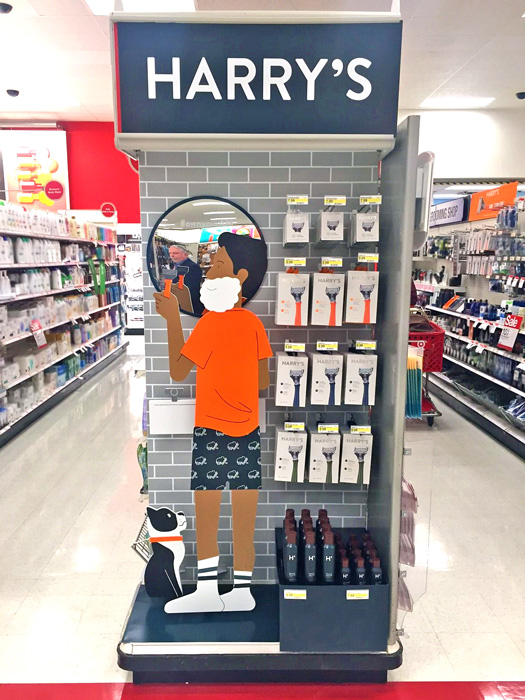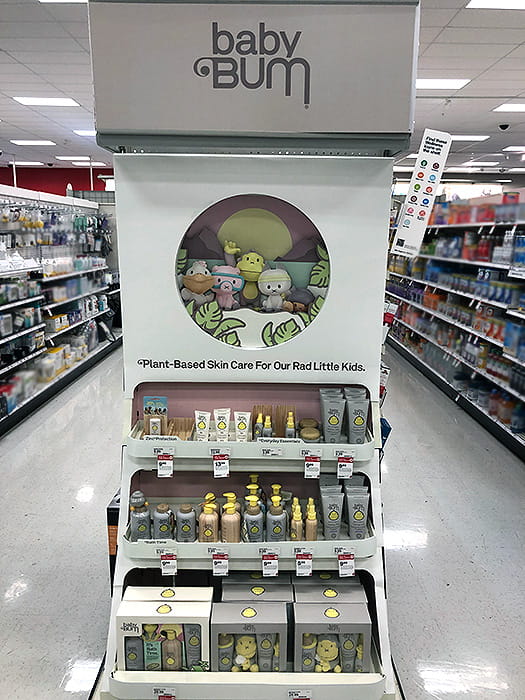Challenger Brands: Bridging E-commerce and Retail
Leon Nicholas, Vice President of Retail Insights & Solutions
Challenger brands, which set themselves apart with an intent to bring change to an industry, are driving massive change across the fast-moving consumer goods (FMCG) industry. From 2008-2018, more than 4,000 small consumer goods companies received $9.8 billion of venture capital funding1, changing dynamics in categories as diverse as deodorant, protein bars and pet food. At the same time, in order to grow their sales, these brands are bridging the gap between selling exclusively online and building an in-store presence.
Many of these nimble brands began online, offering their niche products directly to passionate consumers. But a few years into this phenomenon, many challenger brands are beginning to expand into brick-and-mortar retail. And retailers are eager to welcome them, as they themselves are transitioning to be expert curators of differentiated brands that appeal to their unique shoppers. This transition has the potential to be a win-win for everyone, but it must be managed carefully. Packaging and merchandising displays play a critical role.

Packaging Matters™
We know that packaging influences purchasing behavior. Our consumer insights data show that 81% of consumers have tried something new because the packaging caught their eye2. From the substrate to the shape and color of the package, design choices can visually communicate a brand’s values, which can be especially important for a challenger brand in a retailer-structured environment. Packaging matters for brand storytelling.
Merchandising is about co-marketing
When it comes to helping a challenger brand shine in a retailer-structured environment, we lean heavily on one key insight: it’s about co-marketing. Challenger brands who are successful in retail environments understand how to align their brand with each retailer’s strategy for the banner without losing the appeal that it had in its online environment.
As vice president of Retail Insights & Solutions for WestRock, we advise our customers on the role of packaging and merchandising displays in communicating a brand’s story and driving purchase. It’s an exciting time to be doing this kind of work, and we have to understand that it’s bigger than moving from digital to physical commerce. The expansion of challenger brands into retail stores is about moving from a brand-structured environment to a retailer-structured environment.
- Brand-structured environment: In a brand-structured environment, the brand controls the entire experience—from the design and color, to the functional elements of the website. From start to finish, the consumer is interacting directly with the brand.
- Retailer-structured environment: In a retailer-structured environment, the store controls the interaction—where the product appears in the store, how prominently it is placed on the shelf, which competitors it’s placed near. And importantly, in a retailer-structured environment, a challenger brand is not only competing with other product brands, but also within the retailer’s overall branding strategy.
In order to shine through in the retailer-structured environment, packaging and merchandising displays are imperative for challenger brands to communicate their story.
Challenger brands are especially good at storytelling. These nimble brands are expert at crafting a compelling narrative—about the societal challenge their product is meant to solve, about the artisans who design it and the suppliers who grow its ingredients with care. In a brand-structured environment, there is plenty of space to tell these stories, but in a retailer-structured environment, the space is more limited, and the guidelines can be more restrictive to align with retailer branding.
From clicks to bricks
WestRock has supported several brands through this transition. One great example is Harry’s, the men’s shaving company, which started as a digital native brand and now has a presence in many retail stores. WestRock worked with Harry’s to bring the brand to life uniquely at different retailers through merchandising displays aptly named “Dude and Dog Endcap,” which won a 2018 Design of the Times platinum award, and “Shower Dude,” which won a 2019 Outstanding Merchandising Achievement gold award.
The WestRock merchandising displays team also supported skincare line Sun Bum in making the transition from a lifestyle brand-structured environment—the California surf shop—to a more mass-merchandise, retailer-structured environment. The strategy was to introduce Sun Bum to Target shoppers and showcase the brand as a full skincare line beyond sunscreen. The endcap design drew on insights about millennial shopper preferences at Target with its uncluttered and organized merchandising, playful imagery and high-end feel. The three-dimensional bathtub with Sun Bum’s iconic monkey played on the shopper’s sense of humor and evoked an emotional connection with the sentiment of bath time. The display won an Outstanding Merchandising Achievement gold award in 2019.

Going From Challenging to Thriving
At WestRock, we connect with our customers through deep partnerships built to solve fundamental challenges—like helping challenger brands thrive in retail-structured environments. With in-house design capabilities, shopper insights, advanced manufacturing, and established relationships with leading retailers, we are proud to support our customers big and small in delivering on their brand at the shelf.
[1] “The New Model for Consumer Goods,” McKinsey and Company, April 2018.
https://www.mckinsey.com/industries/consumer-packaged-goods/our-insights/the-new-model-for-consumer-goods
[2] WestRock Packaging Matters 2018.